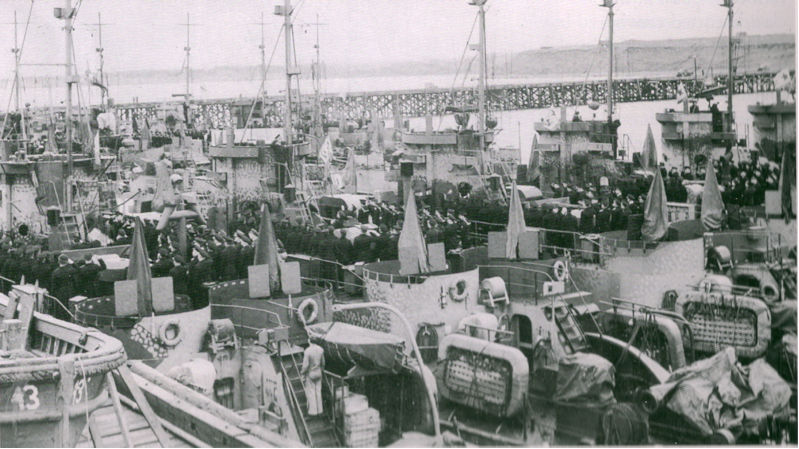Japan - Hiroshima and Project Hula
August 10, 2024
What a difference a day (or a week) makes. What a difference the mere translation of a word makes.
As the war against Japan in the Pacific began to close, the Potsdam Conference, which decided to call for Japan’s unconditional surrender, began on July 17, 1945. On the day before, July 16, the US test exploded an atomic bomb. That successful test almost certainly helped the US to push the conference to its harsh decision.
In Japan, the decision whether to accept unconditional surrender was seriously debated. The military were opposed but at the time Japan’s moderates were relying heavily on a seemingly neutral Moscow to mediate an end to its losing war. The decision was to wait for Moscow’s response (the USSR did not participate at Potsdam) and to respond in the meantime with the words mokusatsu.
The US took mokusatsu at its literal meaning - to kill with silence i.e. to reject. But in fact Tokyo was still waiting for a response from a Moscow, which it genuinely believed was neutral.
But already we knew from a successful Australian decoding operation of Japanese messages through Harbin in northern China to Tokyo, that Moscow had its own aggressive reasons for going along with mokusatsu. It wanted to delay Japan’s surrender, in part by sending Tokyo information it gained from progressive Australian sources about Allied plans to island-hop attack Japan from the south.
By so doing it hoped to delay Japan’s defeat and give itself time to make its own attack.
On August 9, immediately after the US atomic bombings of Hiroshima and Nagasaki, the USSR terminated its neutrality treaty with Japan.
The irony does not end there.
Long before Potsdam, since early 1945, the US with its Project Hula based at Cold Harbour in the northern Aleutian islands was secretly providing the Soviets with landing boats, equipment and training for an attack on Japan. At the time it was firmly believed that Soviet help was needed to defeat a fanatical and still powerful Japan.
Project Hula saw the US transfer 149 vessels to the Soviets. Some believe that the timing and reasoning behind the US atomic attack on Japan was to forestall the early Soviet attack on Japan which the US itself would have helped.
Thanks largely to that help the USSR did decide to make its own invasion of Japan. It began with an attack on the northernmost Kurile island of Shumshir on August 18, just three days after Japan formally announced its surrender to the Allies.
On August 24, two divisions of Soviet troops were due to land at Rumoi in Hokkaido in a bid to occupy part of the large Japanese island and so gain the right to participate in Allies’ decisions on the future of surrendered Japan.

The invasion was called off, partly due to US opposition (send the two divisions to occupy Japan’s Kurile islands instead, was the US advice) but more importantly due to the severe casualties suffered by the Soviets in their August 18 attack on Shumshir.
And so, due to accidents of timing and translation, Japan may have avoided Soviet occupation. But it may also have had to suffer the horror of nuclear bombing.

